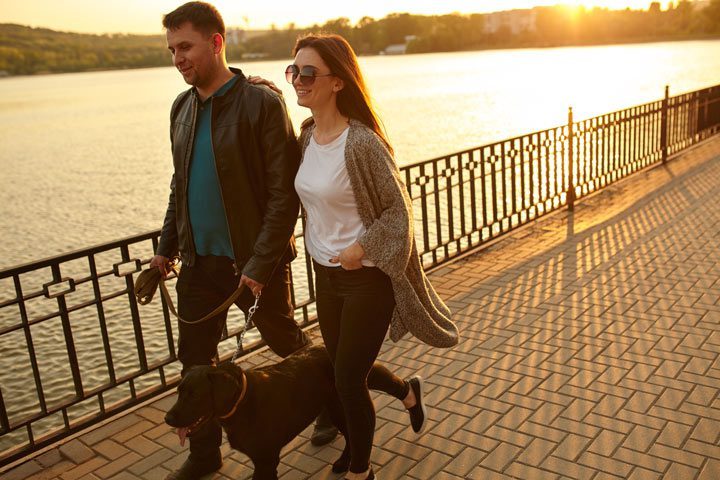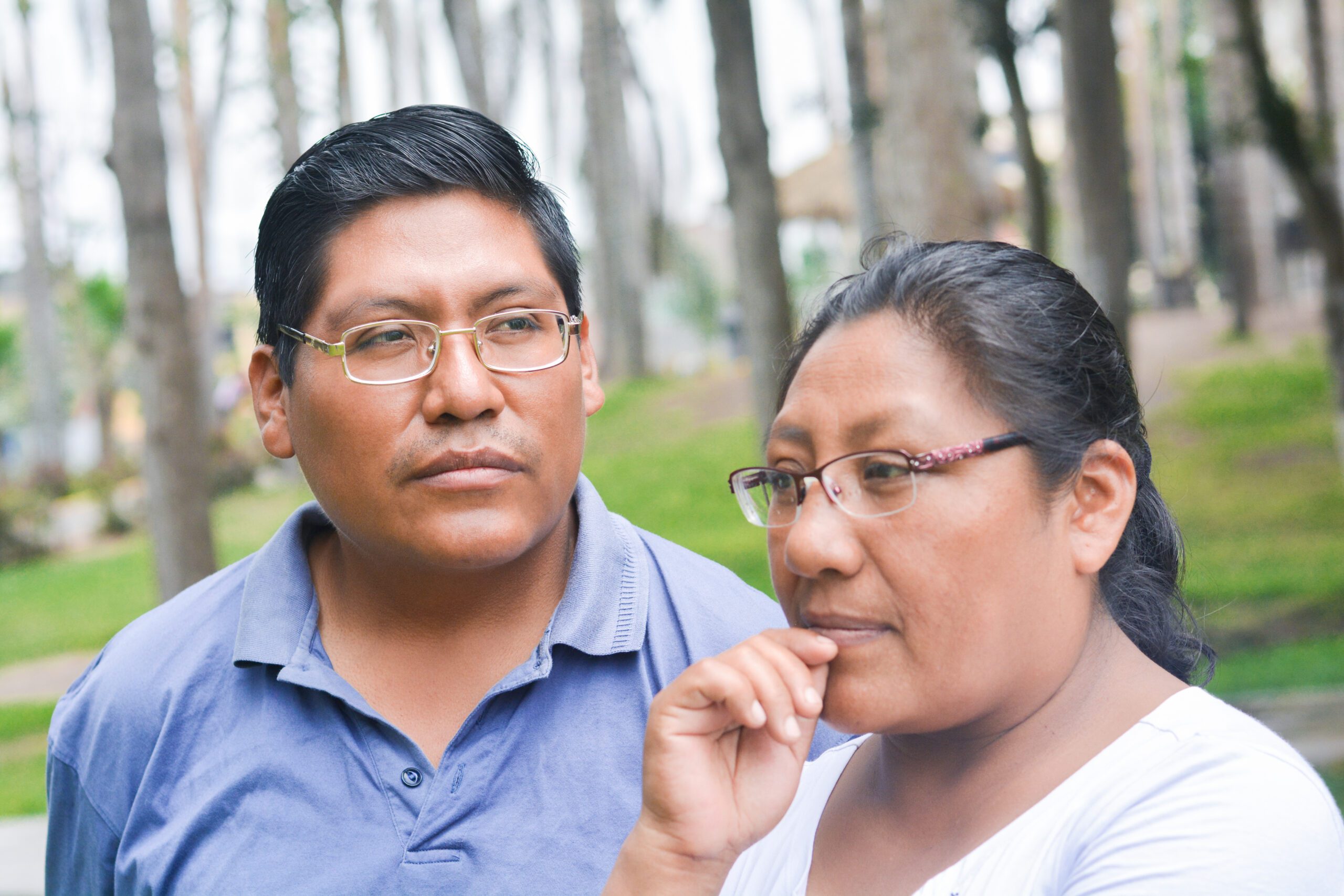
If there was something free you could do to alleviate fatigue, reduce depression and anxiety symptoms, and make you feel more in control of your wellness, would you do it? Yep, we’re going into the “exercise is good for you!” box and pulling out all the treats!
We Know, We Know
Of the things you can do to practically guarantee health, eating a whole foods diet and exercising always top the list. (Good sleep hygiene is a close third!) When you’re in recovery, you learn these and other methods of wellness to provide a foundation for creating balance in your life.
Everywhere you look, you can find tips on how to exercise, where to do it, props and aids to make it easier, groups to join, online classes to keep you motivated, the hottest movement trends, the best ways to maintain healthy weight…the list is endless.
The benefits of physical activity are just as extensive. In case you haven’t read anything new recently, here are some of the latest developments, such as:
- “COVID-19: How to Be Physically Active While Social Distancing“
- “Real-Life Benefits of Exercise and Physical Activity“
- “The Mental Health Benefits of Exercise“
- “13 Unexpected Benefits of Exercise“
The information is out there. And, if we’re honest with ourselves, we know most of it. So why don’t we do it?
We Know…Yet We Still Don’t
Harvard Medical School has some theories. One is that exercise is easy to avoid—we simply choose to do other things. The article states that “about half of adult Americans don’t meet one of the most oft-cited guidelines, which calls for at least 30 minutes of moderate-intensity activity (a fast walking pace) most days of the week—and you can accumulate that total in bouts of 10–to–15 minutes. About a quarter of American adults say they devote none of their free time to active pursuits.”
The institution also believes many other factors impact our decision not to exercise. In addition to genetics (yes, a person might actually be genetically predisposed to not be athletic or into physical activity!), other influences include “family, neighborhood, cultural attitudes, historical circumstances. Research has shown, not surprisingly, that active children are more likely to have parents who encouraged them to be that way. Perceptions of how active parents are also seem to matter.”
Sherry Pagato is a licensed clinical therapist and an associate professor of medicine at the University of Massachusetts Medical School. In an article for Psychology Today, she reveals some valid discomfort points that often keep people from exercising. We simply don’t want to be taken out of our comfort zone, and physical activity does exactly that.
Some discomforts people express, Pagato notes from her research, include the following. Each statement, believe it or not, starts with “I hate…”
- Sweating, getting dirty, my hair getting messed up.
- Being too hot, too cold, out of breath, or getting wet when it rains.
- Having sore muscles, calluses, and blisters.
- Getting out of bed or going out at night when it’s cold and dark.
- Working out at the gym in front of people.
Any sound familiar?
When you’re transitioning from one phase of life to another, it’s natural to feel uncomfortable, especially at first. So it comes down to how much value you place on routines and rituals that keep you progressing in meaningful ways.
Embrace the Freedom of Wellness
If you’ve resisted physical activity until now and consider it another “to-do” on the recovery list, take some time to assign a different priority to it. Review the above articles and make a plan as to what you really will do—it might not be the same as other people, but it’s what’s right for you. Surprisingly, even a slight bit of effort makes a difference. Harvard has some suggestions:
- Make it a habit to always park farther away from your destination, or get off the train or bus one stop before your usual one.
- If you’re at a child’s sporting event, walk around the field as you watch the game rather than sitting in a lawn chair.
- Find another person—maybe someone from your support group or even your sponsor—to walk, hike, jog, or bike with as you share little victories or vent a bit.
- If you have a dog, make time for a few extra walks.
- Stand up to text, and move about while you chat.
- Take the stairs whenever possible.
- Remember the 10-15 minute incremental movement rule: these micro-bursts throughout the day help you reach small goals more quickly.
- Stay active with your kids and animals by running around the yard, going to the playground, or walking to the store.
- Clean the house at least once a week—you’ll feel better mentally when everything is tidy, and you’ll burn a lot of calories vacuuming!
None of these suggestions involve pounding on the treadmill, working out alone to a DVD, or bench-pressing above your weight class. But of course, you can do these things, too! Or something completely different, such as aerial yoga, Pound Fitness (you get to beat the floor with sticks!), and martial arts. This Is Tucson offers many suggestions.
Helping You Live Well
At Cottonwood Tucson, we provide residents with a wide range of movement options and mind-body therapy so they can heal from within and take pride in their ability to thrive. Horseback riding, hiking, yoga, tai chi, recreation therapy, rocks and ropes, challenge course—there’s a physical activity for every person! Learn more about our adult treatment program.






